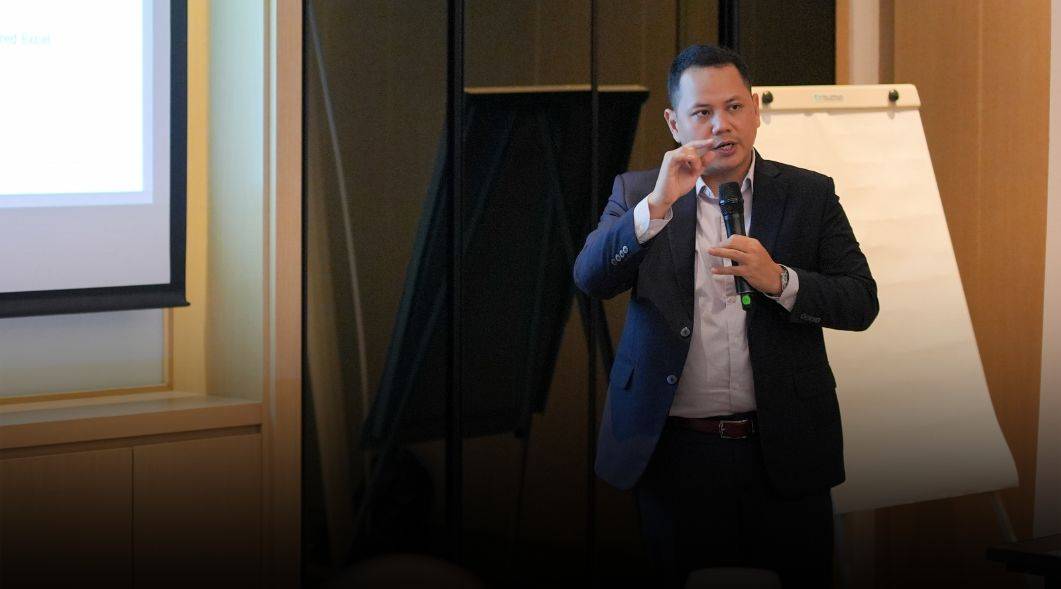ESG Preparation & Tactical Strategy for Companies: Practical Guide to Building Sustainable Business on 2025
ESG (Environmental, Social, and Governance) has become an inseparable part of today’s global business strategy. In the Asia-Pacific region, the shift driven by ESG is accelerating rapidly. Investors, regulators, and customers now evaluate companies not only by their profits, but also by their purpose and positive impact on society and the environment.
Yet, many executives face the same dilemma:
“How can we start implementing ESG without adding operational burdens or dealing with overly complex reports?”
The answer doesn’t lie in massive, years-long projects — it lies in a structured, measurable, and realistic approach.

This is the foundation of the ESG Fast Track Plan (12–18 Months) — a framework designed to help companies build a solid sustainability foundation efficiently. With this framework, organizations can go beyond compliance to ensure that ESG principles are embedded into business decisions, data systems, and executive incentives.
ESG Fast Track Plan: 4 Phases of Corporate ESG Implementation
Phase 1 – Conduct Assessment and Define Strategic Direction (Months 0–3)
The first step of ESG implementation focuses on establishing strategic direction and foundational alignment across leadership teams.
Our Service Recommendations
1. Conduct a Double Materiality Assessment
Identify which ESG issues are most material and impactful — both for the company and its stakeholders.
2. Perform Readiness and Gap Analysis
Evaluate the company’s current ESG position and capabilities to determine actionable priorities and improvement areas.
3. Form an ESG Committee at Board and Executive Levels
Strong ESG governance ensures that strategic decisions and sustainability risks are overseen directly by top leadership.
This phase defines the “why” behind the company’s ESG journey — the core purpose that will shape its long-term sustainability roadmap.
Phase 2 – Build Systems, Data, and KPI Integration (Months 4–8)
Once the direction is set, the focus moves toward data infrastructure and performance integration.
1. Implement ESG Data Management Systems
Integrate sustainability data into existing ERP or data management systems to streamline reporting and monitoring processes.
2. Establish Measurable and Auditable KPIs
Use global frameworks such as GRI, SASB, TCFD, or ISSB to set standardized, transparent performance metrics.
3. Integrate Internal Controls and ESG Dashboards
Provide ESG awareness training to employees, and utilize real-time dashboards to monitor progress and drive accountability.
Phase 3 – Report and Enhance Credibility (Months 9–12)
This phase marks the company’s visible commitment to ESG principles through transparent communication and verified reporting.
1. Develop and Publish a Sustainability Report
Align reports with IFRS S1 and S2 standards, and integrate them with annual financial statements for consistent communication.
News & Articles Recommendations.
2. Obtain Limited Assurance
Seek third-party assurance for the sustainability report to enhance transparency, credibility, and investor confidence.
Phase 4 – Linking ESG to Corporate Value
At this stage, ESG implementation becomes part of the company’s DNA and core value system.
1. Connect ESG to Executive Performance Incentives
Linking ESG achievements with executive rewards drives sustained leadership commitment and real business results.
2. Develop Tangible ESG-Based Products and Initiatives
Examples include green financing, low-carbon innovations, and CSR programs that create measurable social and environmental impact.
3. Increase Assurance Level and ESG Ratings
Participating in sustainability indices or ESG ratings helps measure performance objectively and build external trust in the company’s long-term commitment.
Conclusion: Making ESG a Core Business Strategy
Implementing ESG is not merely about compliance — it’s a long-term business strategy that enhances competitiveness, stakeholder trust, and corporate resilience.
Through the 12–18 Month ESG Fast Track Plan, companies can build a sustainability framework that is structured, measurable, and impactful — creating long-term value for both the organization and society.
Contact our professional team at info@au-partners.com today to discuss more details about how your company can implement the ESG and connect with Mikail Jaman, our managing partner and director of TGS Asia Pacific’s team.
News & Articles Recommendations.





